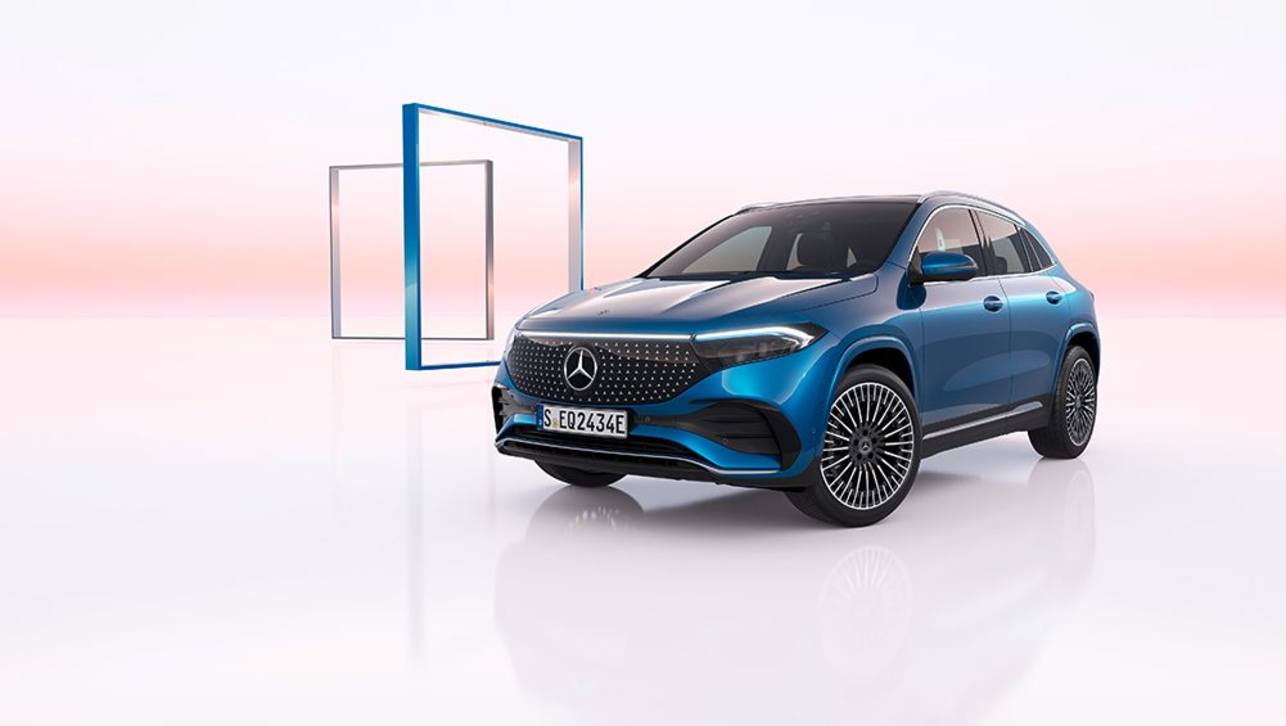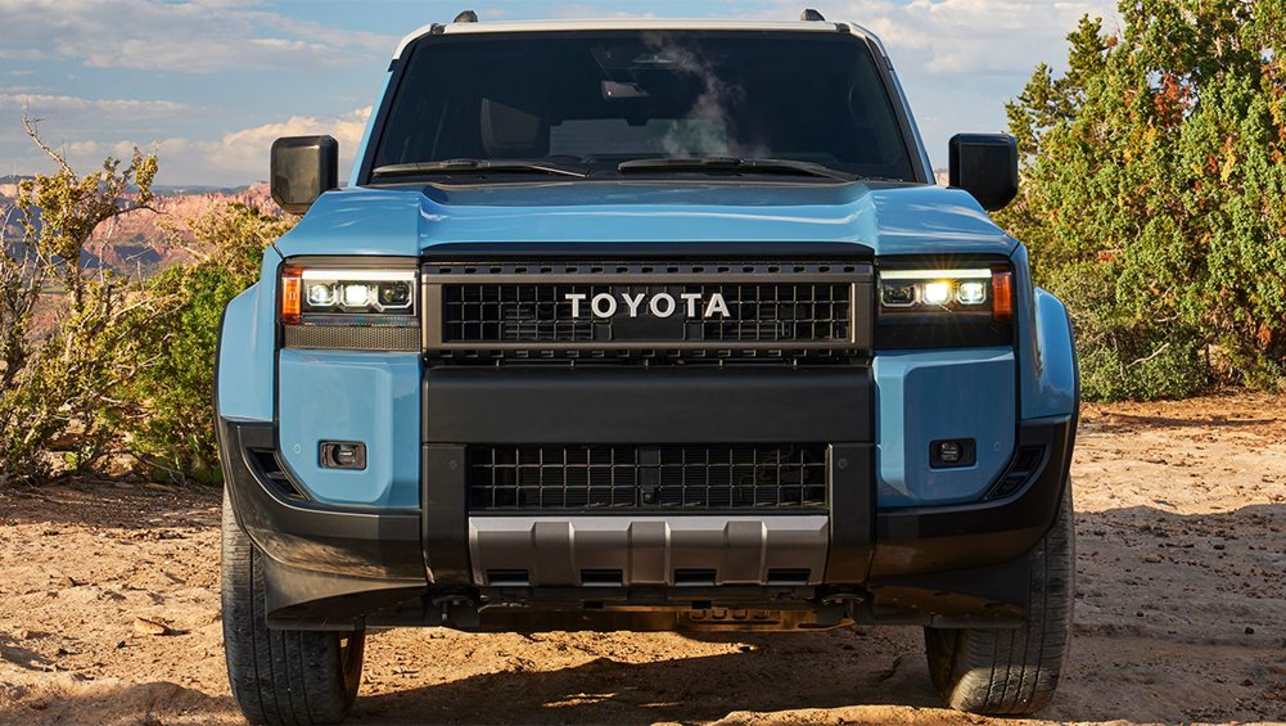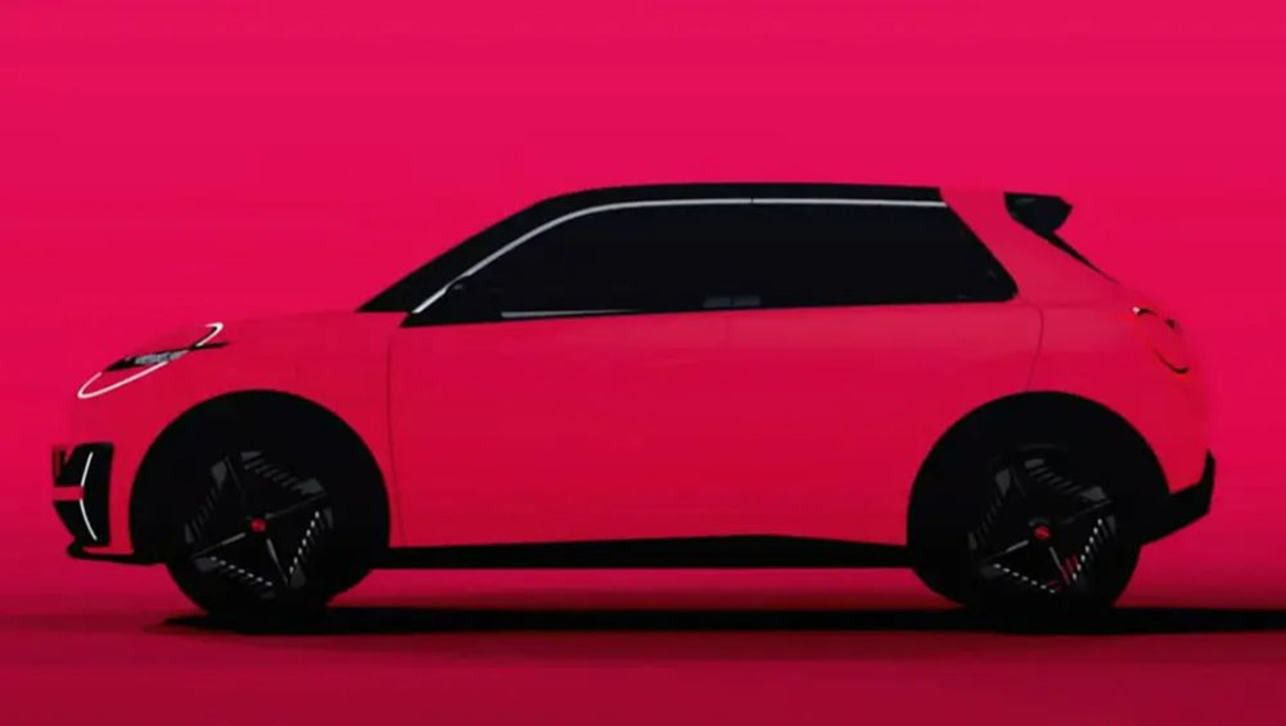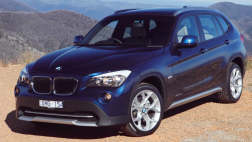BMW's Z4 could be forgiven for being just a little confused.
The sharp-edged drop-top, which had been tasked with sweeping away the ‘hairdresser’ image of the marshmallow-soft Z3 when it was originally launched in 2003, has now been toned down to make it more widely accepted.
Whether it was the intention or not, the result of the BMW Z4's reinvention is a softer, more gentle creature ... something in the nature of a frontal lobotomy for what was once a a bit of an edgy wild child with attitude.
"The original Z4 — while being very successful and selling over 180,000 world-wide — was youthful, dynamic and polarising ... targeting a very niche part of the market," BMW Australia managing director Stavros Yallouridis said at the car's Australian launch this week. "With the new Z4 we still wanted to attract those customers but also win new customers who put more emphasis on elegance, quality, practicality and comfort."
To that end two of BMW's brightest young female designers set about knocking the rough edges off Bangle's original design. Juliane Blasi and Nadya Amaout applied a gentler and more modern eye to the exterior and interior respectively to sweep up those customers who may have found the original car too confronting.
That is not to say the new generation roadster — for that is how BMW now refers to the convertible it has given a folding tin-top — is soft. Far from it, but certainly more polished and with a little less character than the original car which burst onto the scene with a "love me or loathe me" attitude and a look to match.
Exterior
The first thing that is diminished is the sharply divisive "flame" surfacing that gave the Z4 it's Chris Bangle stamp of individuality. The original blend of convex and concave surfaces were nothing if not confronting and yet when viewed on the move gave the impression of a wraith or changeling — you just couldn't be certain from glance to glance just what had caught your eye.
The result of the sheetmetal changes are that this car looks bigger, wider and shows a real family resemblance to the more up-market 6 Series coupes. In a world of homogenised motoring design that is apparently the target ... and BMW has hit it.
Drivetrains
The only models on offer for the Australian launch drive were the naturally aspirated 3-litre, 190kW sDrive30i ($98,100 for the 6-speed manual or add $3300 for the 6-speed sports automatic) and the range-topping 225kW bi-turbo version of the same proven inline six cylinder powerplant at $116,900 or $120,400 for the 7-speed automated manual. Sadly there was no sign of the entry-level — if you can really call an $86,200 two-seater entry level — 2.5-litre sDrive 23i.
Interior
Cabin space is impressive. There is ample shoulder, elbow, leg and headroom for a pair of economy-sized passengers who need not spend the day looking nervously at each other as gearchanges lead to unwanted hand-leg contact.
The Z4 gains a huge win in that its i-Drive control centre is the far more practical and intuitive revision unveiled in the latest generation of the top-end 7 Series limousines. With less layers of complexity and most functions signposted by a select array of buttons the new i-Drive is not only less intimidating it has the elegant simplicity that can only come with a couple of generations of tweaking — both by BMW and some of its rivals.
Yet, with that box ticked it is a disappointment to find that against the trend of almost every other convertible of note the Z4's roof can only be raised or lowered when the car is stationary and Park engaged. The practical advantages of being able to close the roof on the move — and there are plenty of manufacturers who offer this — are manifest.
The niceities in the cabin extend to a much-improved range of storage solutions — from folding door bins to storage nets behind the seats and a ski hatch from the boot, sun-reflective leather which absorbs up to 20 per cent less heat, a 15gb music storage capacity on the iDrive and 40 per cent improved vision and 50 per cent less noise intrusion thanks to the folding hardtop.
Safety, chassis and dynamics
While the exterior design has been softened, it would be much fairer to describe the work done under the skin as refinement. The Z4 rides better, it is less nervous than the original and the general feel is of a car that has had far more thought put into it — from both the point of view of driver enjoyment and driver comfort.
The full suite of safety acronyms are standard across the range with dynamic stability control, cornering brake control, four airbags, a rollover safety system and cruise control with brake function.
Also standard is dynamic drive control (DDC) which can be set at one of three stages — normal, sport or sport plus — and modifies sharpness in throttle control, steering and shift patterns on the automatic gearbox. On cars fitted with the optional Adaptive M Suspension, the DDC control extends to mapping for the electronic damper adjustments.
There is little new about the Z4's suspension architecture — a double-joint tiebar front axle and independent centrally guided rear axle with a high proportion of aluminium components — yet it is all well balanced and well suited to the rear-wheel drive sports car.
Driving
The ride is both controlled and compliant with confidence inspiring stability both on turn-in and mid-corner. The electronic power steering has a nice solid feel to it with adequate feedback — not benchmark but at the better end of the scale.
All three engines are proven performers and the two we were able to test at the launch were both a good match to the Z4. The naturally aspirated 3-litre six coupled to the six-speed auto is a well balanced unit capable of a 6.1 second 0-100km/h sprint but there is no doubt that the hero of the family is the force-fed version of the same engine.
The bi-turbo punches out a very respectable 225kW but it is the 400Nm of torque on tap from 1300rpm right through to 5000rpm that gives the engine its outstanding character. Raw figures — 0-100km/h in 5.1 seconds and top speed of 250km/h — don't start to tell the story. With the meat of the torque just a tap of the throttle away the true charm of the 35i is its tractability.
Price: from $86,200 to $120,400
Engine: 2.5L/6-cylinder 150kW/250Nm; 3.0L/6-cylinder 190kW/310Nm; 3.0L/6-cylinder bi-turbo 225kW/400Nm
Transmissions: 6-speed manual, 6-speed automatic, 7-speed automated manual; rear-wheel drive
Economy: 9.2L/100km (sDrive23i), 9.2L/100km (sDrive30i), 9.8L (sDrive35i)



.jpg)

.jpg)
.jpg)


.jpg)
.jpg)
.jpg)





















.jpg)


.jpg)



-w.jpg)







Comments